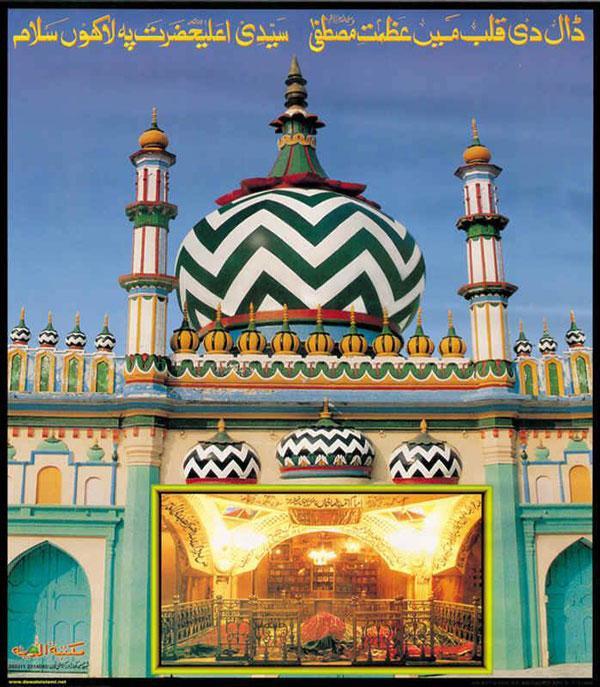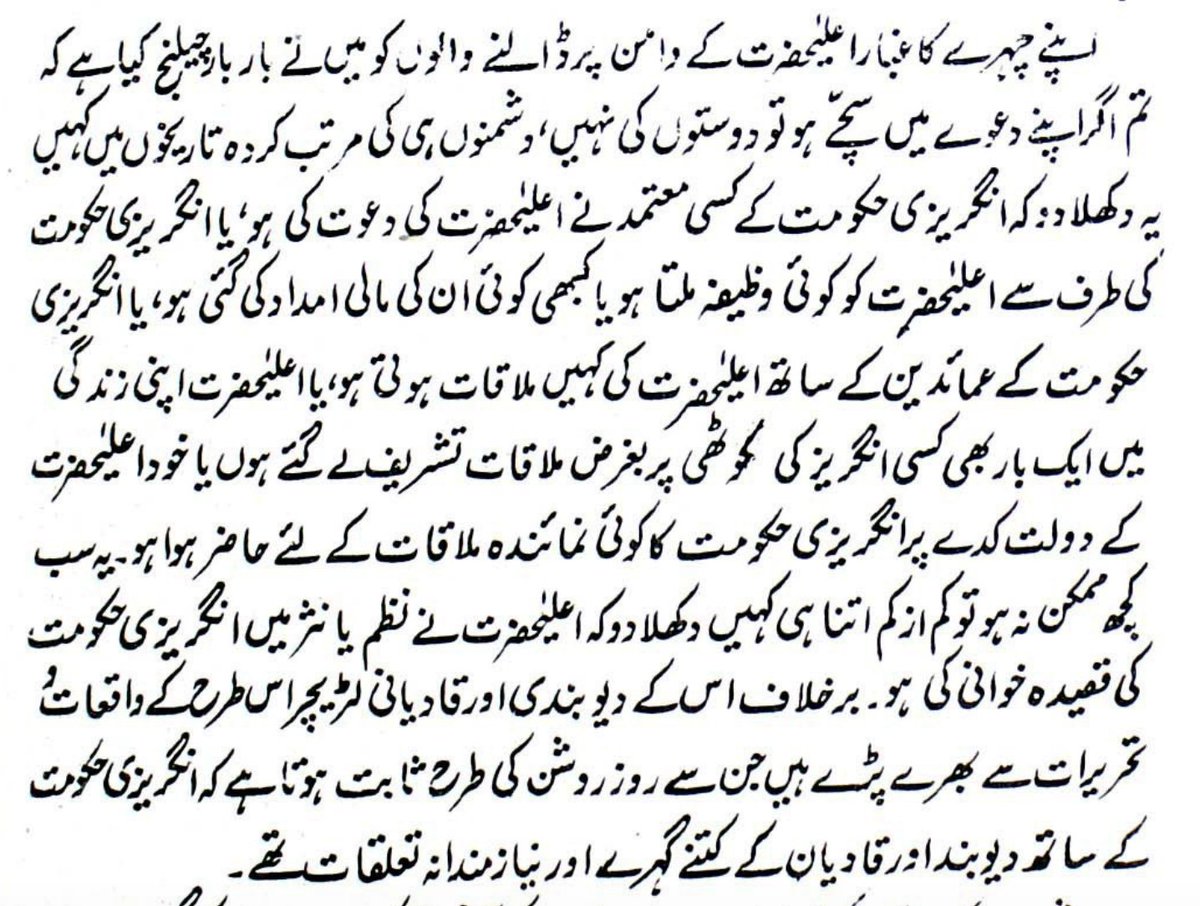
NAJDĪ DISTORTION OF THE SHĀFIÝĪ POSITION
From this it would seem that according to Imām Shāfiýī and Imām Nawawī, any and all buildings over graves must be demolished and it is impermissible to construct over them.
However, this is incorrect.
From this it would seem that according to Imām Shāfiýī and Imām Nawawī, any and all buildings over graves must be demolished and it is impermissible to construct over them.
However, this is incorrect.
https://twitter.com/Look4Yourself/status/1337481590532927489
Rather, the Shāfiýī position is that it is Makrūh if done in land one owns, and it is Ĥarām if done in land that one does not own.
Imām Nawawī himself states this, before quoting Imām Shāfiýī. He writes:
❝As for building over it, then if it is in the ownership

Imām Nawawī himself states this, before quoting Imām Shāfiýī. He writes:
❝As for building over it, then if it is in the ownership


of the one who builds, then it is Makrūh, and if it is in a waqfī graveyard then it is Ĥarām.❞
This is according to the agreement of all four Mad’habs; that it is impermissible to build over graves in the waqfī graveyards as this prevents others from their right of burial.
This is according to the agreement of all four Mad’habs; that it is impermissible to build over graves in the waqfī graveyards as this prevents others from their right of burial.
Let us now look to the actual quote of Imām Shāfiýī in his book al-Umm:
❝Indeed, I saw from among the governors who demolished [buildings over graves] in Makkah, so I did not see the Fuqahā’a criticising that. If the graves were in land that the deceased owned during their
❝Indeed, I saw from among the governors who demolished [buildings over graves] in Makkah, so I did not see the Fuqahā’a criticising that. If the graves were in land that the deceased owned during their

lives, or their heirs after them, nothing was destroyed of what was built over them. Only that which was not owned by anyone was demolished, it was demolished so that the space of the grave would not be hindered for people, such that another cannot be buried there,
and so people would be inconvenienced.❞
This statement clearly shows the prohibition was seen only when it was done on land that did not have an owner, as this prevents others from being buried there.
This statement clearly shows the prohibition was seen only when it was done on land that did not have an owner, as this prevents others from being buried there.
As for when it is on land owned by the one who builds, then there is no prohibition in doing so, nor were such destroyed.
Usually, Najdīs only ever quote the first line of this statement, and it is no surprise as to why. They are adamant that it is completely prohibited no
Usually, Najdīs only ever quote the first line of this statement, and it is no surprise as to why. They are adamant that it is completely prohibited no
matter what the situation, and that it is obligatory to demolish every single one.
The position was repeated by many Shāfiýī scholars throughout the ages, and many also made exceptions for building over the graves of the Anbiyā’a and Awliyā’a, including Imām Nawawī himself.
The position was repeated by many Shāfiýī scholars throughout the ages, and many also made exceptions for building over the graves of the Anbiyā’a and Awliyā’a, including Imām Nawawī himself.
He writes in Rawđah al-Ţālibīn:
❝It is permissible for a Muslim and a Dhimmī to make a bequest to build at Masjid al-Aqşā and other Masājid, and to build over the graves of the Anbiyā’a, the Úlamā’a, and the Şāliĥīn, so as to increase in visitation and tabarruk by doing so.❞


❝It is permissible for a Muslim and a Dhimmī to make a bequest to build at Masjid al-Aqşā and other Masājid, and to build over the graves of the Anbiyā’a, the Úlamā’a, and the Şāliĥīn, so as to increase in visitation and tabarruk by doing so.❞



Thus, Imām Nawawī himself saw it as permissible to build over the graves of the Anbiyā’a, the Úlamā’a, and the Şāliĥīn in order for people to visit and to do tabarruk therein.
Therefore, we may conclude that the Shāfiýīs do not consider it impermissible to build over all graves,
Therefore, we may conclude that the Shāfiýīs do not consider it impermissible to build over all graves,
nor that it is obligatory to demolish all such buildings, as opposed to what the Najdīs state and literally impose, as is seen from their dark history, in fact one does not even have to look too far back, they even wish and joke about doing so with the Green Dome.
• • •
Missing some Tweet in this thread? You can try to
force a refresh




















